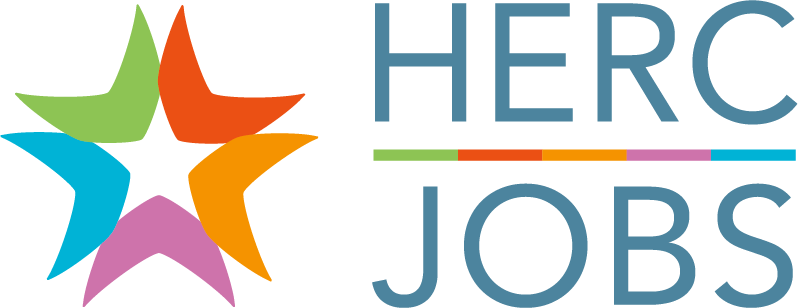
Patrice Frede, Regional Director for HERC of the Carolinas, has been a military member for 28 years. The Navy reservist said there are plenty of reasons why military experience translates well to the higher education workspace, and why institutions of higher learning would be a great landing spot for veterans.
Higher ed and the military have similar environments
Joining the military gives people the opportunity to be a part of something that’s greater than themselves. That’s also true of working at an institution of higher education. In both environments, the experience changes lives and gives people opportunities that they may not have otherwise been exposed to.
Being in a college or university community gives staff members as well as faculty the opportunity to use their skills and abilities in service to others.
The same skillsets apply
The average job seeker might think they need an advanced degree to work on a college campus or must be interested in teaching. But there’s so much more that’s needed to run a campus community besides faculty members.
A campus is very similar to a ship or a military installation. There are a lot of self-contained services that are required, and jobs that entail the same skill sets, such as food service, postal services and mail distribution, facility management, information technology, and human resources.
Most, if not all, branches of the service offer civilian workforce credentialing opportunities and financial assistance in obtaining those credentials.
Military experience can be highly valuable to employers
Many of the skills that veterans develop during their service are useful in a higher education setting. Leadership and flexibility under pressure, or amid unexpected change, are critical, especially as institutions are navigating the current pandemic environment.
Many institutions, especially HERC member institutions, recognize the value of diverse perspectives of employees from all backgrounds. Many campuses have programs to support veterans as they become students, staff, or faculty, and oftentimes employees who are veterans are part of the team that is available to assist in that transition.
HERC can help
The more than 700 institutions who are members of the Higher Education Recruitment Consortium are dedicated to equity and excellence in the higher education workplace.
Job seekers can visit www.hercjobs.org to find jobs with employers devoted to diversity and inclusion, because institutions know that if students see themselves in the institution’s leadership, it gives them the confidence to believe that they can be the leaders of tomorrow.
Check out more resources for veterans exploring careers in higher ed.
About the Author: Harold Gutmann is the director of brand and marketing strategy at Santa Clara University. He is a longtime writer and editor who is proud to work in higher education, and encourages all job seekers to consider it.








